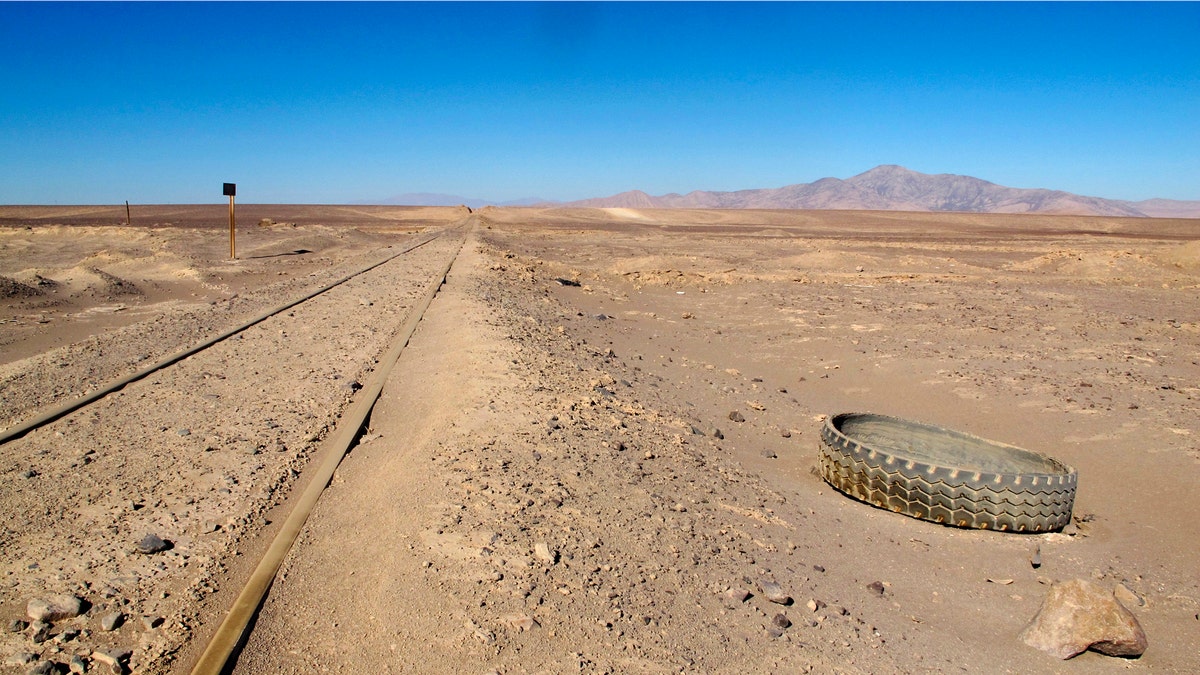
File photo: The Atacama desert in the Andes mountain range outside of Antofagasta, Chile April 15, 2013. (REUTERS/Julie Gordon)
Freak rains in the driest part of the world have revealed hidden microbes that could point to what life on Mars might look like.
Chile’s Atacama Desert is one of the most hostile environments on Earth and, much like Mars, it’s arid landscape appears to be completely void of life.
But a recent downpour in the South American desert, in which rainfall can be as low as 8mm a year, has revealed that a place that looks inhabitable can actually be teeming with life.
A number of bacteria, fungi and other microbes have been living dormant under the seemingly barren soil for decades, waiting for the very rare rainfall to wake them up.
Over many years the bugs have adapted to the unforgiving dryness, ultraviolet radiation and saltiness, with researchers suggesting that their discovery could be an indicator for the possibility of life on Mars.
The findings were published in the Proceedings of the National Academy of Sciences, headed by astrobiologist Dr Dirk Schulze-Makuch, a professor at the Center for Astronomy and Astrophysics at Germany’s Technical University Berlin.
In 2015, Dr Schulze-Makuch took a team of researchers on an excursion to the Atacama Desert after a year’s worth of a rain was dumped on the area during a freak weather event.
They took samples of soil from different sections of the desert and returned again in 2016 and 2017 to collect more samples.
In the early samples, Dr Schulze-Makuch and his team observed a number of living organisms thriving in the soil but by 2017, as the soil dried out from the unexpected rain, the bugs started to return to hibernation.
“In the past, researchers have found dying organisms near the surface and remnants of DNA but this is really the first time that anyone has been able to identify a persistent form of life living in the soil of the Atacama Desert,” Dr Schulze-Makuch said.
“We believe these microbial communities can lay dormant for hundreds or even thousands of years in conditions very similar to what you would find on a planet like Mars and then come back to life when it rains.”
Mars was thought to once be covered in oceans and lakes, an environment deemed extremely conducive to life, but scientists are now speculating whether the microbes could have moved underground as the water dried up.
Since it hasn’t rained on the Red Planet in a few billion years it is difficult to test whether this theory could be correct.
Australian company, Gilmour Space Technologies, is currently working with NASA to build an experimental rover, which will be put on Mars by 2024.
The rover will be designed to drill into the surface of the planet and extract water and could bring scientists closer to discovering if life on Mars exists.
This story originally appeared in news.com.au.
